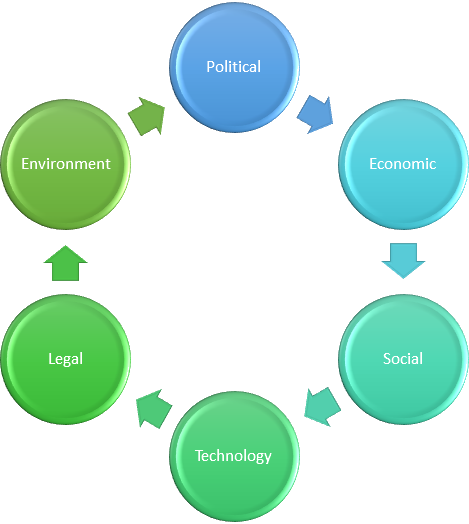PESTLE Analysis for Risk and Opportunity identification
The latest version of the standards now require us to identify opportunities and risks over and above those traditional quality, safety and environmental risks (which most company’s seem to understand). These opportunities and risks extend to the business as a whole, rather than just the delivery of products and services. We suggest using the PESTLE Analysis for Risk and Opportunity identification. The PESTLE, which is typically a marketing tool, is also a great analysis tool for prompting deeper insights into business risks and opportunities. This article explores this tool for risk and opportunity identification.

PESTLE TOPICS IN DETAIL
Political
Factors of a political nature which may present risks or opportunities. This doesn’t just relate to local or federal government and their changes which can impact a Company. It could also relate to internal or intercompany politics. In situations there are risks, opportunities and normally both. When things change, new risks and opportunities are presented and existing risks and opportunities must be reviewed.
Economic
Economic factors both inside the company and external to the Company can present big risks and opportunities. External influences could be for example, a change in interest, inflation or exchange rates. These will impact borrowing and spending and any financial impact is likely to be felt in purchasing and pricing of both customers and suppliers. Internal budgetary changes could create an economic risk or opportunity.
Social
Social factors consider stakeholder preferences, communication preferences, cultural differences, ethical standards, perception of value and quality. These present risks and opportunities. For example, where a product is presented as high quality, a customer may pay more for it, even if it costs no more to produce. Consumers may choose not to purchase a product if it breaches their ethical standards.
Technological
Factors relating to technology are things like process automation, product or service development, supplier, competitor and customer technology, industry innovation. Competitor technology can present a threat. Supplier technology can present an opportunity. Customer technology can present an opportunity where you can align with it and a threat where you can not.
Legal
Legal factors include both those imposed by the governance of the jurisdictions you operate in and the governance your organisation imposes. Not understanding the legal requirements of these jurisdictions is certainly a risk, but changes to requirements can present risks and opportunities.
Environmental
These are environmental factors from the operational environment or the market which present risks and opportunities. Understanding the geographic locations you operate in, their climates, their populations, infrastructure constraints, sustainability, ethical sourcing, etc.


